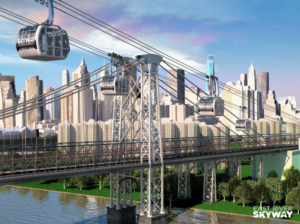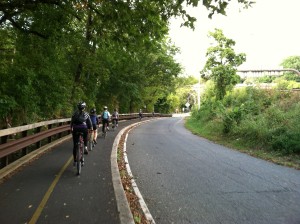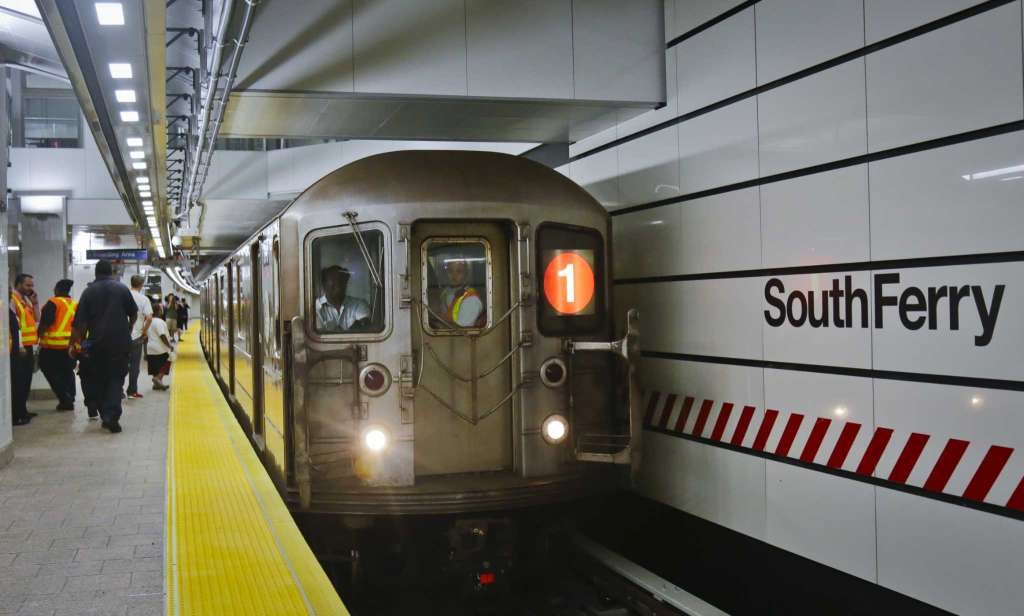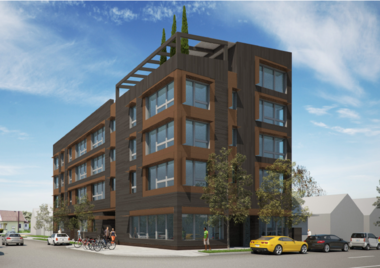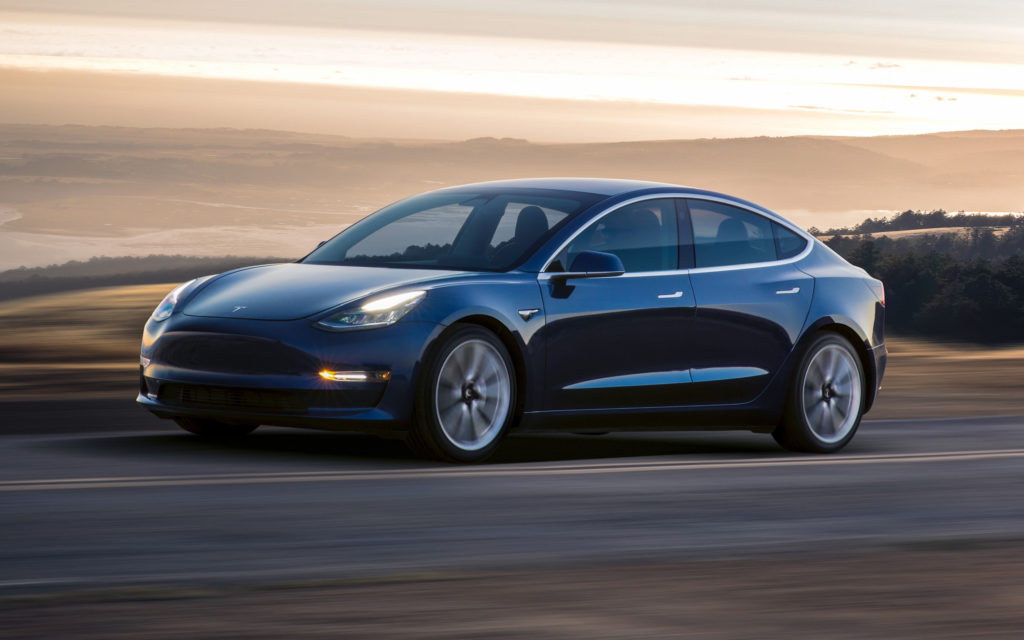 Until this year, Tesla’s electric vehicles have largely been seen as toys for the wealthy and early adoptees. The Model 3 was supposed to change all that.
Until this year, Tesla’s electric vehicles have largely been seen as toys for the wealthy and early adoptees. The Model 3 was supposed to change all that.
Model 3 is the first mass market Tesla, selling for about $35,000. Tesla already has about 435,000 orders, and if you raise your hand today, you can expect to wait until the middle of next year to receive it.
Or maybe longer. That’s Tesla’s big problem. It can’t get the Model 3 out the door of its factory in Fremont, Calif. And that threatens not only Tesla’s reputation, but the future of electric vehicles in general.
Because of its unique market niche, Tesla has always gotten away with things for which other car companies would not get a pass. For one thing, Wall Street has been charmed by its eclectic founder, Elon Musk.
His company appearances and quarterly earnings cars are followed with the cult-like response that greeted Apple and Microsoft through the years. Its market capitalization swelled beyond anything that was supported by its sales performance, vaulting its value past General Motors.
To be sure, Tesla Model S, its $70,000 sedan, has received strong reviews and has a small, but rabid customer base. Model S heralded good things for Model 3.
That makes its current dilemma even more stark. Model 3. Tesla has been honest about its production problems. It told analysts to expect “production hell’ during the first six months of production.
But, Tesla is falling short of even the very modest production targets it set for the car. In August, Musk said Tesla would build 1,300 cars in September, ramping up to 20,000 a month by December. Continue reading

